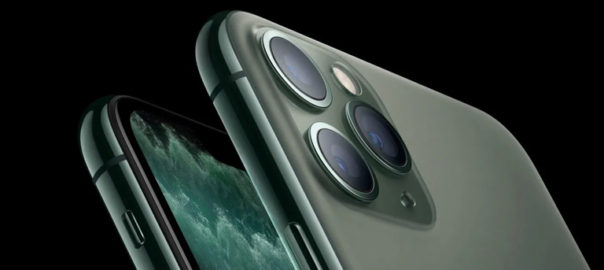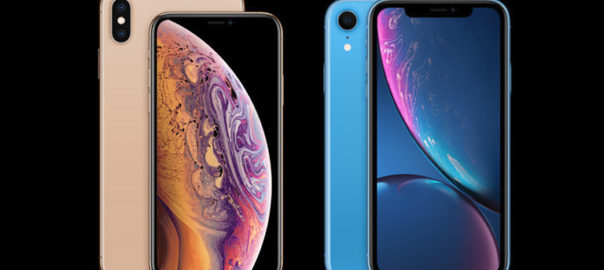The number of mobile apps available for users today is staggering. Daily use, shopping, health monitoring, entertainment, sports, lifestyle, gaming, and whatnot? There’s an app out there for every possible thing that you can think of. The competition between similar mobile apps is cut-throat. Day-by-day it is becoming difficult for businesses to survive and ensure that the users not only use their app but at least not uninstall it. So what is that makes users uninstall any mobile app?
In this article we explore the top five reasons why users stop using a particular app and uninstall it:
1. They No Longer Use The App
This one is pretty straightforward. Once users build the impression that the mobile app is of no use, they will surely uninstall it. Not that they find a better replacement, but the simple fact that they don’t need it any longer. This indicates that your user engagement and retention efforts are not adequate. If your DAU (Daily Active Users) to MAU (Monthly Active Users) ratio is declining, it means that the frequency at which the daily active users are returning is very less. These are early signs of a possible increase in app uninstalls.
TIP: Track retention rate metrics and user engagement to make adjustments to the re-engagement campaigns, such as push notifications and in-app messaging. But don’t overdo push notifications as it could adversely affect the mobile app’s popularity and success.
2. The Mobile App Isn’t Helpful and Easy To Use
People install an app to find solutions to their problems and get what they need in the fastest way possible. If it takes too much time to get what they want, they are unlikely to return to your mobile apps and will look for a better and faster option. Mostly, this happens because developers spend a lot of time thinking ‘what the users want in an app?’, rather than thinking upon ‘how the users want to use the app?’.
TIP: Spend time thinking about how do users want to search for products or solutions in your app. What is the level of urgency? Do they want to buy the product right away, or wish to save it for the future. Run usability tests to understand user behavior. Conduct a question and answer session with test users to understand their purpose and goals. These insights, in combination with the data collected from analytic tools, will guide you in developing an easy to use and helpful app.
3. Too Many Ads and Push Notifications
A vast majority of the apps available come with a free version. People expect the apps to be free and resist paying the price to download them unless it’s really essential. The primary method of earning revenue for a free app is through advertisements. People have come to terms with the truth that there will be ads popping up while using the free version of the app. However, they have become much more sensitive towards the ads. This sensitivity is a result of invasive and aggressive advertising tactics.
Similarly, too many push notifications also annoy users. Forget about using your app regularly, they start disliking you as a brand; so much that they eventually decide to get rid of your app. Nobody likes constant nagging.
TIP: For ads, consider how they will interrupt the user experience and work around it. Track conversion rates and reactions triggered by advertisements and push notifications. Also, use platforms that allow intent-based segmentation. With a better understanding of user intent, you can effectively show relevant ads without spamming them.
As far as the push notifications are concerned, it is best to use common sense and to know how often you must communicate with your customers. The frequency of sending push notifications varies; it largely depends on the type of campaigns you run and the products or services you offer.
4. Bad User Experience in Mobile Apps
It’s not just a visually pleasing design that keeps users hooked on to an app. Creating a good user experience is equally important. If the app is not designed keeping users in mind, it baffles the user. They find it hard to navigate within the app, struggle to find what they need. Sloppy navigation, lack of search functionality, poor use of icons, illegibility of typography, unresponsive gestures, etc. are all ingredients of poor user experience.
TIP: Always keep the users in mind before starting to develop the app. The app must be intuitive and easy to navigate within. At no point in time, the user must get stuck in the whole buying (or conversion) process. Your users must be able to reach their destination with minimum clicks. It’s pivotal to provide a search option in the app. The search should be intuitive and must be leading users by using a predictive keyword algorithm.
5. Security and Trust issues
The Facebook data scandal was one of the biggest data scandals of recent times. It made people think about how various apps store their personal information and how vulnerable they are. They have begun to believe that their data can easily get into the wrong hands at some point in time. If they don’t trust your app, they will uninstall it.
TIP: Ask and store only the required information. Be transparent with users and explain exactly why you want this information, where will you save it, and how will you use it. Your users must feel safe using your app. They should be assured that they can trust you with their credit card number and other vital, personal information.
Read more about Mobile Apps security here
The customer is the king. It’s a fierce battle out there in the world of mobile apps, and you need to ace your game to stay in the game. Keeping users engaged, respecting sensitivity to advertisements, and performing adequate software testing are some of the ways to avoid app uninstalls. Need to know more? Talk to our experts now!




